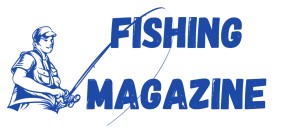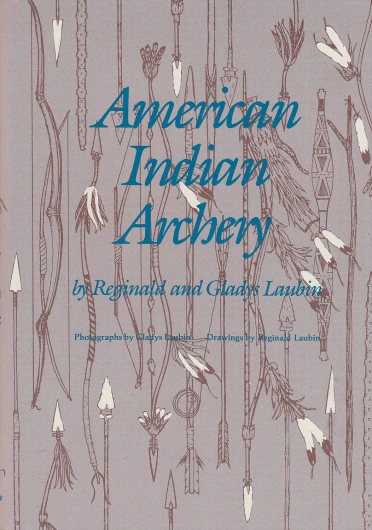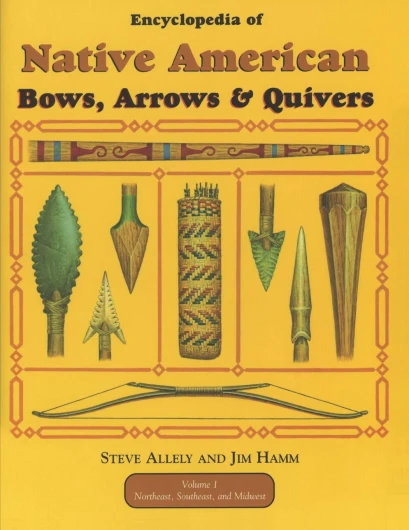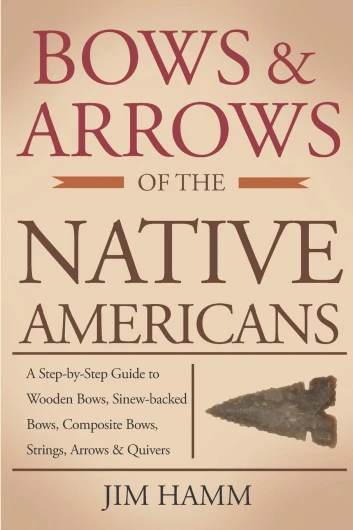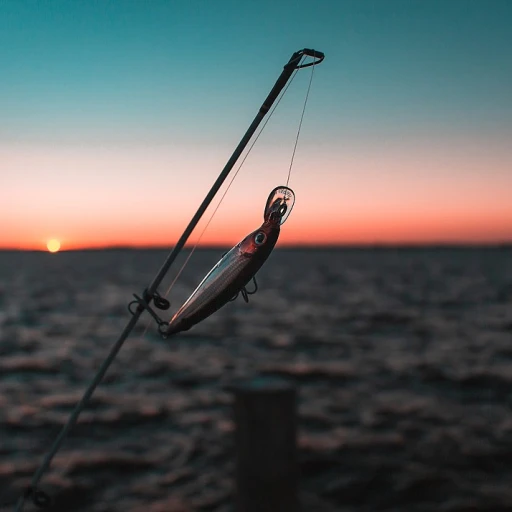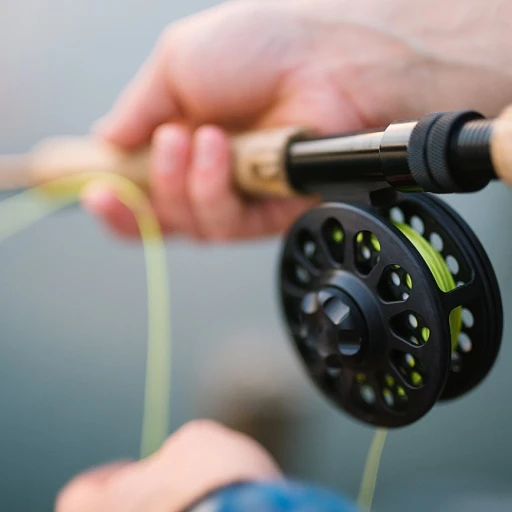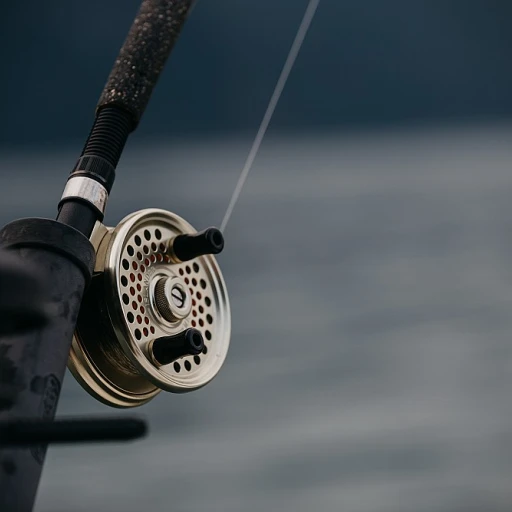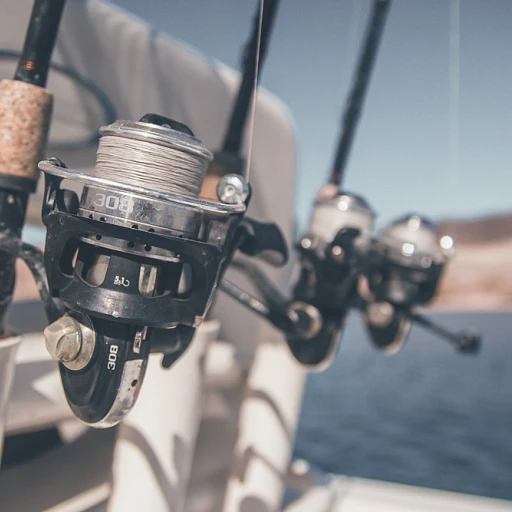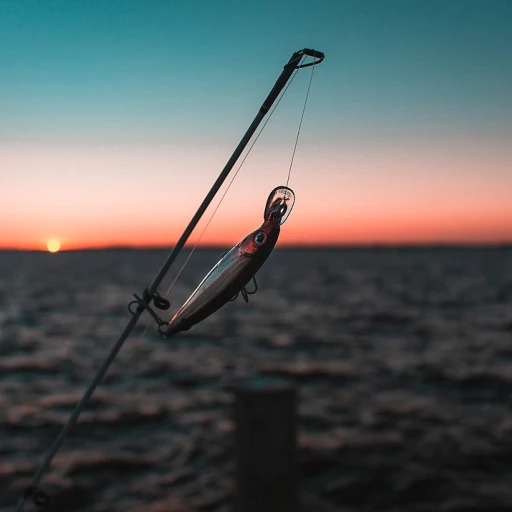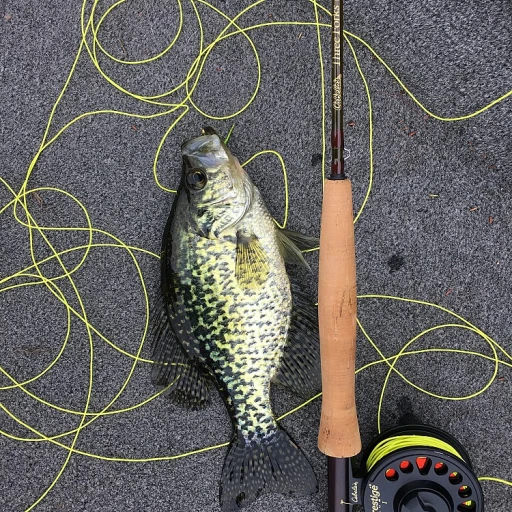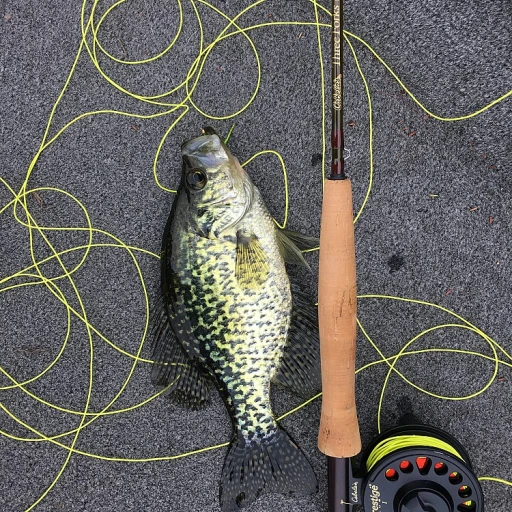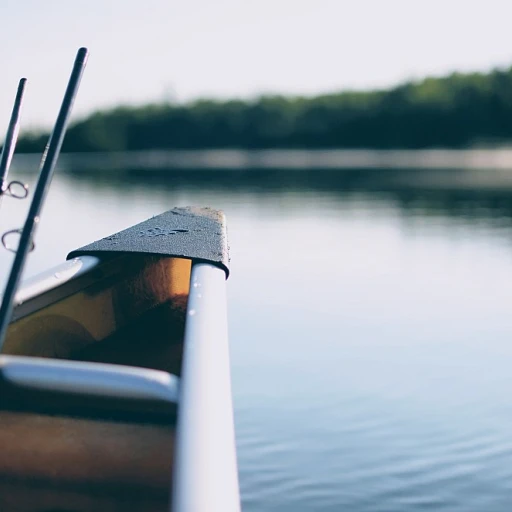
The Intersection of Archery and Fishing
Where Archery Meets Angling
The rich heritage of Native American bow literature unveils the intersection of two fascinating worlds—archery and fishing. Historically, Native Americans ingeniously blended these two disciplines, proving their resourcefulness and deep understanding of the land and waters they inhabited. Their bows and arrows were more than mere tools; they were extensions of their culture, utilized in food acquisition and survival. The American bow played a pivotal role for many tribes across the United States, especially in southeastern and midwestern regions. Native Americans would craft bows and arrows using the finest materials available, such as wood, stone, and sinew, to develop weapons suitable for both hunting game on land and fishing in rivers and streams. If you're keen to explore the nuances of these handcrafted items and their applications in modern fishing techniques, various books offer a detailed look. For enthusiasts interested in traditional skills, turning to native literature offers a treasure trove of insights. You might find titles verified by ISBN that include comprehensive guides on bow building and the crafting of arrows and quivers. Encyclopedias on Native American crafts, such as Jim Hamm's work, provide valuable information as you seek to understand their importance. Quivers Volume 1 explores the craftsmanship involved in making quivers and their cultural significance, allowing readers to appreciate the artistry behind these ancient tools. For those curious about merging traditional bow techniques with current angling practices, the art of pickling fish techniques provides insights into blending heritage with modern pursuits. Indeed, by adding such books to your cart or finding a verified seller, you can dive into this extraordinary world where the archery and fishing intersection enriches our appreciation of Native traditions.Understanding Native American Bow Craftsmanship
Delving into the Craft of Bow-making
The artistry of Native American bow craftsmanship reflects a history rich in technique, cultural nuances, and practical application. The traditional methods utilized by Native Americans offer a wealth of knowledge that can be found in various well-researched books and verified publications, such as the "Encyclopedia of Native American Bows” or the authoritative “Bible Volume” series.
Historically, the creation of bows and arrows was more than just a matter of survival – it was an expression of identity and skill. Factors such as the selection of materials, the precise crafting of arrows, and the design of quivers were all meticulously considered. Each aspect was influenced by the resources available in the diverse environments of the United States, from the leafy woodlands of the Southeast Midwest to the expansive plains of the Northeast Southeast.
Understanding this craftsmanship allows one to appreciate how functional items, such as bows and arrows, could simultaneously serve as objects of great cultural significance. Bow making was not only a physical task but also a journey that involved knowledge sharing among community elders and through textual accounts preserved in historic bow and archery books.
Quivers, Arrows, and Cultural Depth
In these insightful volumes, each bow, every arrow, and its accompanying quiver is discussed with great detail, as they played critical roles in various societal functions. Whether used for hunting or ceremonial purposes, these tools were integral to community life. Preserving the integrity of bows and arrows, Native Americans passed down skills with the help of detailed books and oral traditions, ensuring that these methods would not be lost through generations.
For individuals interested in exploring these deep rooted customs further, it’s crucial to acquire books that are not only thorough but have verified purchase feedback and an ISBN number, assuring their authenticity and value. Real-life pictures and detailed descriptions can often be found, enhancing one’s understanding of these treasured items.
Embracing this heritage enriches our understanding of how traditional techniques can be adapted for contemporary applications. Whether you're a seasoned fisherman or a curious hobbyist, learning from Native American bow literature provides a unique lens into the ways human creativity and resourcefulness have been exercised throughout history. To deepen your appreciation of traditional craftsmanship, you might explore the fascinating intersections presented in "a deep dive into the art" of this time honored tradition.
Cultural Significance of Bows in Native American Communities
The Cultural Role of Bows in Native American Life
Bows and arrows hold a deep-seated cultural significance within Native American communities across the United States. These items were not only vital tools for hunting and protection but also emblems of identity, skill, and heritage. The process of bow crafting combined with the artistry of arrow and quiver creation reflects a profound understanding of nature and respect for tradition.
Native American bows were often uniquely tailored to the region and resources available, showcasing a variety of craftsmanship techniques adapted by indigenous peoples of the northeast, southeast, and midwest. This diversity is well-documented in the encyclopedia native volumes which illustrate the intricacies of bow and arrow constructions across different tribes. Although similar in purpose, the bows arrows constructed by Native Americans varied in design, emphasizing the environment's influence on material choices and construction techniques.
Beyond their practical use, bows played a symbolic role in ceremonies and rites of passage, further solidifying their revered status. Books and academic works delve into how these tools feature in storytelling, with quivers and bows presented in traditional dances and rituals. Modern fishing enthusiasts and bow makers often look to these traditions for inspiration in bow building, incorporating ancient methods passed down through generations.
This cultural heritage is preserved through a number of detailed books readily available through verified sellers. Whether you seek the nostalgia of the past or a verified purchase of an informative book on this subject, the book titles provide great insights into the craftsmanship and the heritage of Native American bows. Adding to your library can further enhance your appreciation and understanding of these fascinating tools that once played a pivotal role in the lives of Native Americans.
Popular Native American Bow Books
Discovering Noteworthy Native American Bow Books
Exploring the literature of Native American bows and arrows opens a door to a world where history, craft, and culture intertwine. There are numerous books offering insights into the craftsmanship and the cultural significance of these bows. Here are some notable titles that stand out:- "The Encyclopedia of Native Bows, Arrows, and Quivers" - This comprehensive volume is essential for anyone keen on understanding the broad spectrum of techniques and styles across different Native American tribes. Verified by ISBN and carried by reputable sellers, this bow bible volume gives a great overview from the northeast to the southeast Midwest. It’s a good item for those looking to explore the diverse history behind American bows.
- "Bow Building and Techniques of Native Americans" - Focusing on the intricate craftsmanship required to make a bow, this book delves into detailed descriptions that appeal to both novice and seasoned archers. Readers with a verified purchase have praised how it illuminates traditional methods still used by native craftsmen today.
- "The Arrow: Unveiling the Items of Tradition" - This title captures the essence of the arrows themselves and their cultural relevance. Many American bow enthusiasts consider it a valuable addition to their quiver of knowledge.
- "Jim Hamm’s Insights on the American Bow" - Although not exclusive to Native American culture, Hamm’s curated experiences and narratives present a broad perspective that is invaluable for anyone interested in how native techniques have influenced today's archery and fishing methods.
Incorporating Traditional Techniques in Modern Fishing
Embracing Traditional Bow Techniques in Modern Fishing
Incorporating traditional bow techniques into modern fishing practices can provide a fresh perspective and enrich the fishing experience. Drawing on the craftsmanship of native bow artisans, these methods rely on precision and skill, creating a link to ancient traditions that is both educational and enriching.- Bow Craftsmanship and Fishing: By embracing the meticulous craftsmanship seen in Native American bows and arrows, anglers can adopt a mindset focused on patience and precision. This approach enhances your overall experience and can elevate your skills.
- Understanding Cultural Relevance: Recognizing the cultural significance of bows and arrows in Native American history can deepen your appreciation for these techniques. By integrating aspects from books, such as the "Encyclopedia Native," you can gain insights into the intertwined history of archery and fishing practices.
- Practical Application: While traditional bows may not be directly used for fishing today, their influence can be seen in modern arrows and quivers. These items, often verified by ISBN listings and supported by comprehensive books like "Quivers Volume," continue to play a role in enhancing fishing strategies, retaining their historical essence.
- Time-Tested Techniques: Applying time-tested techniques from classic "Bow Building" manuals or other verified purchase sources can offer a balance between historical craftsmanship and modern utility. This fusion can aid in choosing the right tools and improving your angling repertoire.
Where to Find Native American Bow Literature
Discovering Sources for Native American Bow Literature
Finding quality literature on Native American bows can be a rewarding journey for any enthusiast or collector. Several verified sellers specialize in books and materials that delve into the intricate craft of bow-making, bow arrows, and the cultural significance intertwined with these practices. For a trusted shopping experience, consider exploring online bookstores that feature a wide range of titles dedicated to the rich heritage of Native American archery. Books covering the spectrum from the encyclopedia native volumes to specialized volumes like Jim Hamm’s works are readily available. Here’s a quick guide to locating great items:- Verified Online Retailers: Many sites offer books with an easy "add to cart" option, often providing insights into verified purchase reviews. This can assure you of the good quality and authenticity of the title you’re interested in.
- Local Bookstores: Don't overlook smaller local bookstores which might have niche sections dedicated to American bows and related literature.
- Library Collections: Libraries can provide an extensive range of texts, especially institutional ones that might hold unique or rare books.
- Archery and Hunting Specialty Shops: Furthermore, some specialty shops stock a selection of books on bow building, arrows quivers, and even quivers volume northeast and southeast midwest, catering directly to bow enthusiasts.
